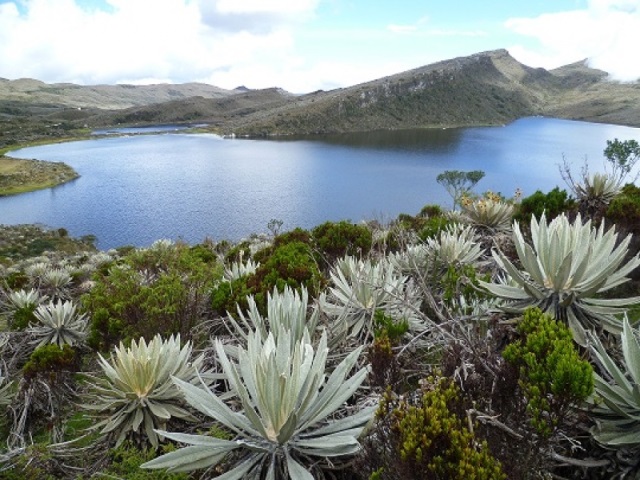The largest páramo in the world under threat


Fracking has several environmental risks, especially threats regarding water supplies. Large quantities of water and chemicals must be injected underground, posing threats to local water resources. Also drilling wastewater can be poisonous and it has been documented to have deleterious health effects at small levels of exposure.
Despite the risks, fracking seems to be part of Colombia’s energetic future. It has come to the public’s attention that the government has already delimited 43 suitable areas to be exploited through this technique and according to the Hydrocarbons National Agency there are another 41 areas destined for exploration.
What’s alarming is that some of these areas are close to the Sumapaz Paramo, the largest of its kind in the world. Other areas in the Andean region of the country threaten the Chingaza Natural Park and the municipalities of Fusagasugá, Chía and Cajicá. More so, people have denounced the presence of exploration machinery in other areas without any permits.
These areas were delimited by the government and then they’re offered to companies interested in using fracking. Nonetheless, no permits have been signed for any of these exploration and exploitation areas.
Even if in Colombia no oil barrel has been pumped via fracking, environmentalists are already worried about its implications. In a press released, the Free from Fracking Colombian Alliance argues “fracking could endanger various strategic ecosystems like the Sumapaz Páramo, which provides security to Bogota; the Chingaza Páramo, whose system provides at least 80% of Bogota’s fresh water, not to mention other ecosystems like wetlands and swamps in the southern Cesar department.”
According to the Alexander von Humboldt Institute, the Sumapaz Páramo has an extension of 333,420 hectares but only 142,112 are protected under the Sumapaz Natural National Park, which was created in 1977.
LatinALatinAmerican Post | Maria Andrea Marquezmerican Post





